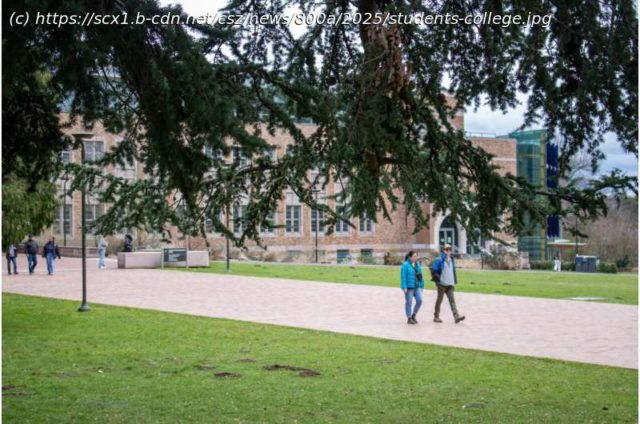In response to shifting gender norms and post-war social movements, many U.S. colleges and universities began admitting women in the 1950s and ’60s. The coeducational movement, which started in the early 19th century, sparked innovations in education, labor, and civil rights in the United States.
In response to shifting gender norms and post-war social movements, many U.S. colleges and universities began admitting women in the 1950s and ’60s. The coeducational movement, which started in the early 19th century, sparked innovations in education, labor, and civil rights in the United States.
In a paper titled „Undergraduate Gender Diversity and the Direction of Scientific Research“, Professor Francesca Truffa and Professor Ashley Wong of Barnard College explore how the transition to coeducational campuses influenced a wave of gender-related research. The paper is published in the journal American Economic Review.
Truffa and Wong analyzed thousands of papers published by academics from 76 major U.S. universities that began coeducational admissions. In examining the transition from all-male campuses to coed environments, Truffa and Wong found that gender-related research publications increased by 44% between 1960 and 1990.
In the following Q&A, Truffa explores her insights on the research and how the findings impact higher education and the workplace.
Yes, our motivation came from a broader question still largely unanswered by the literature: „What drives innovation?“ Most prior work has focused on traditional explanations, like monetary or institutional incentives. While there’s growing interest in diversity as a potential driver of innovation, existing studies have mostly looked at the demographic diversity of the researcher or innovator. Instead, there has been much less focus on whether the environment itself, particularly the diversity of the people around you, can shape the pursued ideas.
Coeducation provided a unique historical setting to study this: it was a major change in the academic environment that reshaped who students and faculty interacted with daily. That shift allowed us to isolate how exposure to a more diverse academic environment can influence research agendas and, ultimately, the direction of scientific progress.
Start
United States
USA — IT How coed campus transitions in the 1950's and '60s influenced gender research...






